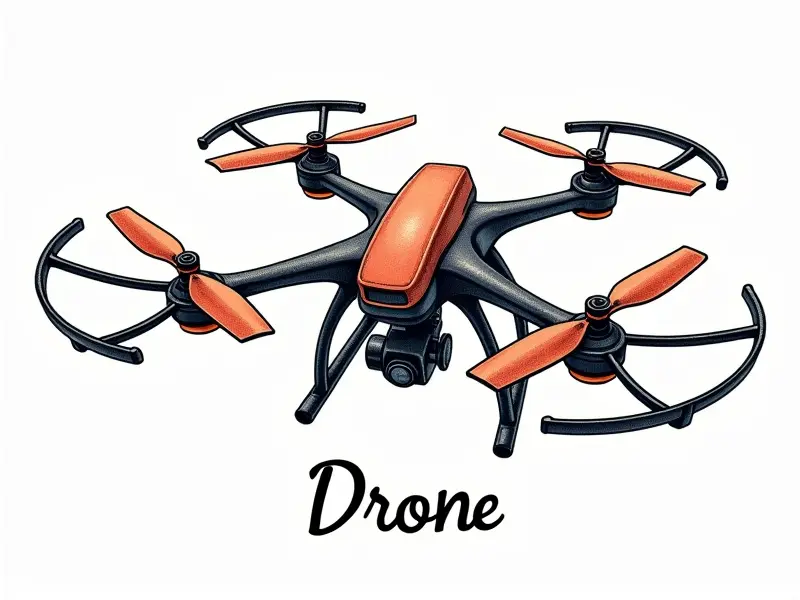RC controller setup basics?

RC Controller Setup Basics
Welcome to the world of remote control (RC) vehicles and drones! Setting up your RC controller for the first time can be a bit daunting, but with this comprehensive guide, you'll have your device ready in no time. Whether you're an enthusiast looking to get started or someone who needs a quick refresher, our step-by-step tutorial will ensure that everything is set up correctly.
How to Set Up Your RC Controller Easily
The process of setting up your remote control (RC) device can vary slightly depending on the brand and model. However, there are some universal steps you should follow to get started:
- Read the Manual: Before diving in, familiarize yourself with the manufacturer's instructions.
- Battery Installation: Ensure that all batteries for both the transmitter and receiver are properly installed.
- Channel Selection: Choose a channel that is not being used by other devices to avoid interference.
- Bind Process: Pair your RC controller with its corresponding receiver using the bind process.
Quick Start: Setting Up Your RC Transmitter
Setting up an RC transmitter is a straightforward process. Here’s how to get started quickly:
- Power On: Turn on your RC transmitter and ensure it's in the correct mode.
- Select Channel: Choose an unused channel for optimal performance.
- Bind Receiver: Follow the instructions provided to bind the receiver to the transmitter.
Step-by-Step RC Controller Setup Tutorial
This section provides a detailed, step-by-step guide to setting up your RC controller:
- Unbox and Inspect: Take out all components from the box and check for any damage.
- Battery Check: Verify that all batteries are included and in good condition.
- Install Batteries: Insert batteries into both the transmitter and receiver compartments.
- Power On: Turn on your RC controller to ensure it’s functioning properly.
- Select Channel: Set the channel to a frequency that is not in use by other devices.
- Bind Process: Use the bind button or follow specific instructions to pair transmitter and receiver.
Essential Tips for RC Controller Setup
Here are some essential tips to ensure a smooth setup process:
- Check Compatibility: Ensure that your controller is compatible with the vehicle or drone you intend to use it with.
- Avoid Interference: Choose channels that minimize interference from other devices.
- Test Connection: Test the connection by moving controls and observing real-time responses.
RC Controller Setup Made Simple
Setting up your RC controller doesn't have to be complicated. Follow these simple steps:
- Install Batteries: Make sure both transmitter and receiver are powered.
- Select Channel: Pick a free channel for optimal performance.
- Bind Process: Pair the devices using the bind button or manual instructions.
Basic Steps for RC Controller Calibration
To ensure your RC controller functions smoothly, calibration is crucial:
- Power On: Turn on both transmitter and receiver.
- Select Mode: Set the mode to calibration or setup.
- Follow Instructions: Use the manual or onboard prompts for specific calibration steps.
Simplified RC Controller Setup Instructions
If you prefer a quick and easy guide, follow these simplified instructions:
- Install Batteries: Put batteries in both transmitter and receiver.
- Select Channel: Choose an unused channel for your setup.
- Bind Devices: Follow the bind process to pair them together.
Fast Track to RC Controller Setup
Avoid common pitfalls by following these fast track tips:
- Use Quality Batteries: Ensure your batteries are high-quality and fully charged.
- Select an Optimal Channel: Choose a channel that is free from interference.
- Test Thoroughly: Run through all controls to ensure everything works as expected.
Easy Steps for RC Controller Configuration
Configuring your RC controller involves several key steps:
- Power Up: Turn on both the transmitter and receiver.
- Select Channel: Choose a frequency that is not in use by other devices.
- Pair Devices: Follow bind process instructions to pair them together.
Quick Tips for Setting Up an RC Transmitter
To make your RC transmitter setup quick and efficient, consider these tips:
- Read Manuals: Always refer to the manufacturer's manual first.
- Select Correct Channel: Choose a channel that is least likely to cause interference.
- Test Connection: Test by moving controls and observing real-time responses from your vehicle or drone.
Essential RC Controller Setup Basics Explained
The basics of setting up an RC controller include several key components:
- Battery Installation: Ensure all batteries are correctly installed in both transmitter and receiver.
- Channel Selection: Pick a channel that is free from interference for optimal performance.
- Pairing Process: Follow the bind process to ensure your devices work together seamlessly.
Conclusion
Setting up an RC controller is a crucial step in enjoying your remote control vehicles and drones. By following our comprehensive guide, you can ensure that everything works smoothly from day one. Remember to read manuals carefully, choose the right channel, and test thoroughly before taking your new setup out for its maiden flight or drive.

